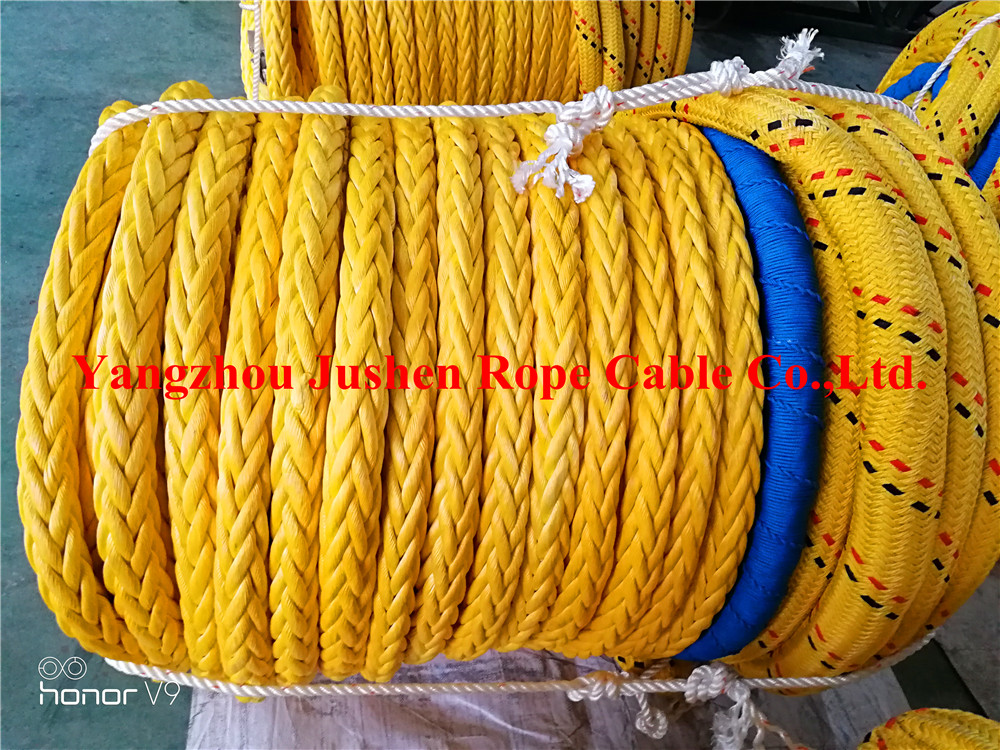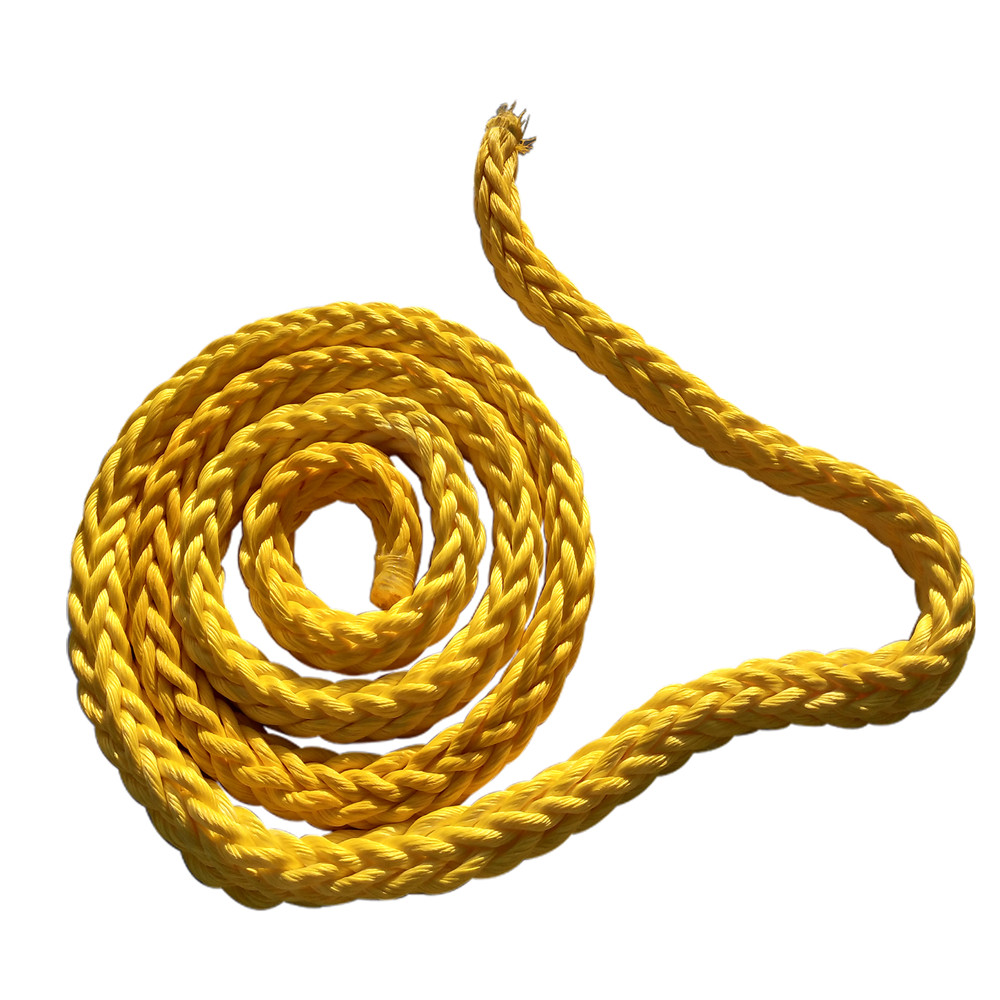In the home textile industry, companies follow the trend of plagiarism and plagiarism, so product homogenization is more common. Homogenization is an important bottleneck that restricts the development of enterprises. If you want to avoid product homogeneity, first the design team should grasp the style of the brand and associate the product style with the brand positioning. At the same time, the designers should constantly cultivate their uniqueness in the aesthetic field. Temperament and personality help the brand establish style and continue to improve. Through long-term cooperation with Japanese home textile companies, the author has rich experience in designing Japanese home textile companies. And in the process of designing products for Japanese home textile companies, the author found that there is a big gap between Japanese home textile design and domestic home textile design.
In China, home textile companies do not have a complete and detailed plan when making brand planning plans. Brand concepts and brand characteristics are difficult to determine. Therefore, product design styles are often mixed and the brand recognition is low. In the face of the release of the annual fashion trends, some brands will even use the untouched items in the popular design information. This has caused many brands to choose the same design style, resulting in similar product design in the home textile brand. Frequent occurrences.
In Japan, the design of home textile products is generally divided into three categories: long-term suitability, mental relaxation, and happy mood. The "long-lasting-appropriate" design can also be called a lifestyle proposal. Its purpose is not to be influenced by the direction of popular design; "spiritual relaxation" design is a mid-to-market product plan for 3 to 5 years. Designers use natural calm as a design. Themes allow the product to give people a calm and pleasant feeling of the soul; "happy mood type" design is a short-term product planning for a year or so. The design theme is composed of "flower" and "memory", and the content is centered on "flower" and "forest". , "Foliage", "trees" to describe, and finally, the nature of the camping campaign as the title of the project, the use of natural colors, product colors, 30 to 50-year-old middle-aged women as the target customer group.
In Japan's home textile product design, product planning uses color as a benchmark for orientation. The brand will make subtle changes to the design based on the actual situation. Therefore, there is a corresponding product palette in each season. At the same time, companies will collect pictures and materials that can represent the brand during the brand planning process, and then conduct unilateral designs. When the basic color of the product is determined, the next step is patterning. In Japan, even if it is a pattern designed by European designers, home textile companies will generally ask colorists to make repeated scrutiny before starting to use it. Only products designed in this way will be integrated with brand positioning, packaging, product promotion, etc., and will stand the scrutiny of the market and gain the recognition of consumers, thus occupying a place in the market.
Nowadays, the gap between domestic textile companies and foreign companies lies in their soft power. Although home textile companies in China can increase the level of hardware by purchasing the most advanced equipment, their design concepts and the use of materials are insufficient. These require soft power to improve.
With the rapid development of the entire home textile industry, domestic enterprises urgently need designers with strong design capabilities to increase the level of product design and enhance their market competitiveness. (The author is a designer of Shandong Tianyuan Home Textiles)
Product category: "Jushen" brand,(JS-HPCFROPE) high-performance Composite Fiber Rope is a new product independently developed by our company. It is made of high-density, high-molecular-weight polyethylene coarse fiber produced by special process. The high-density, high-molecular-weight polyethylene crude fiber has the advantages of low density, high modulus, resistance to ultraviolet rays and various chemical corrosion, and outstanding impact resistance, abrasion resistance, cutting resistance, and toughness.
Its performance is compared with nylon multifilament 66 rope:
1) Density: high density, high molecular weight polyethylene crude fiber is 0.98 g/cm 3 , and nylon multifilament 66 is 0.98 g/cm 3 ;
2) In the case of the same size: Take the specification of 64MMX220M rope as an example, the weight of high-density and high-molecular-weight polyethylene thick Fiber Rope is: 460KG, the breaking strength is: 1120KN; the weight of nylon multifilament 66 rope is: 560KG, The breaking strength is: 810KN;
Comparing the two: the high-density, (JS-HPCFROPE) high-performance composite fiber rope is only 83% of the nylon multifilament 66 rope, and the breaking strength is 138% of the nylon 66 rope, and has good floating property; Extremely high, it is the best substitute for the upgrade of nylon multifilament 66 rope. At present, the rope has obtained the national [utility model patent certificate."
There are 8-strand JS-HPCFROPE rope, 12-strand JS-HPCFROPE rope, and polyester / JS-HPCFROPE Double Braided Rope,
Our company is a relatively large cable manufacturer and wholesaler in China, with perfect after-sales service and technical support. Looking forward to your cooperation!


JS- High Performance Composite Fiber Rope
Composite Fiber Rope,Carbon Fiber Rope Strength,Uhmwpe Composite Fiber Rope,High Performance Composite Fiber Rope
Yangzhou Jushen Rope Cable Co., Ltd. , http://www.jushen-rope.com